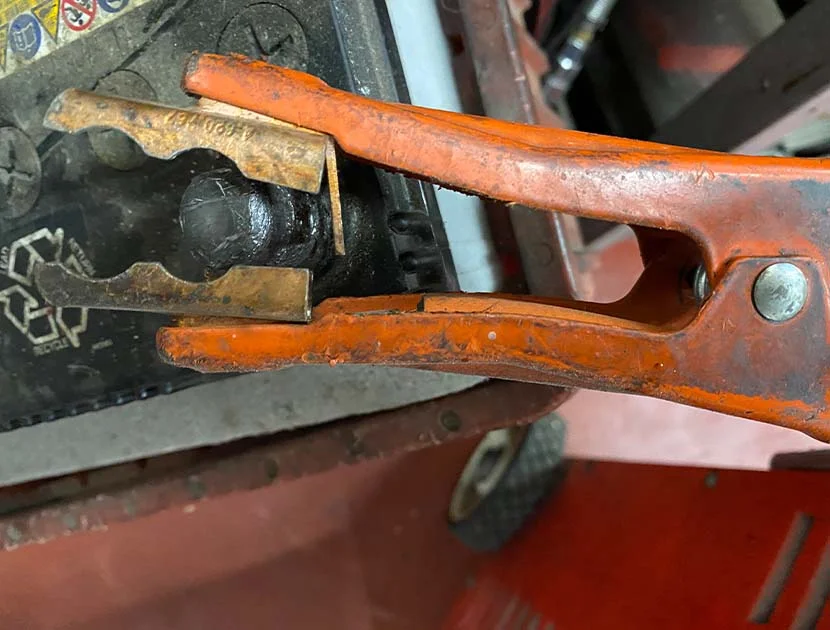How To Jump A Car
There are few things more frustrating than leaving home in the morning, getting in your car, turning the key, and hearing nothing but a repeated clicking noise. Then you notice the headlight switch in the on position. Your car has a dead battery, and now you have to jump-start it or risk being late.
Most car owners have encountered this scenario at some point. Many people know how to jump-start a dead vehicle, but there are equally as many people who have never had to, or don’t know how to. Even if it seems unlikely you’ll ever be in a situation where a jump start is required for your car, you may need to help someone else with a dead battery. It’s a good skill to know, and we are going to cover the steps here.
Safely jump-start your car in these 8 steps
1.) Get your jumper cables
Keeping a set of jumper cables in your car is a really good idea. If your battery dies, it’s one less thing you need to either buy or borrow to get your car back on the road.
2.) Locate the battery
The vast majority of vehicles have their batteries under the hood with the engine. The battery may be covered by a plastic or felt cover, but the posts should be easily accessed. Some luxury car models keep the battery in the trunk. If you are unsure where your battery is, check the owner’s manual.
3.) Connect the positive clips to the positive terminals
The positive terminal may have a “+” or “POS” on it or have a red terminal cap. Connect the red jumper cable clips to the positive terminals on your car and the car supplying power.

4.) Connect the first negative clip
The negative clip on the car providing power should go on the negative battery terminal. The negative post will have a “-“symbol, “NEG” or have a black terminal cap

5.) Place the other negative clip on a section of metal
On your car, place the other negative jumper cable clip on a section of unpainted metal in the engine bay. Find a bolt or rail away from the battery, fuel lines, or moving components like fans and belts. Do not place it on the negative terminal. Doing so can cause an explosion by igniting the hydrogen gas above the battery.
6.) Start the car supplying power
Allow it to run for a few minutes to give your dead battery time to get enough charge to start your car.
7.) Start your car
Hop in the driver’s seat and turn the key. Your vehicle should fire up. If it doesn’t, double-check all the jumper cable connection points to make sure they are attached correctly. Once your vehicle is running, don’t turn it off for at least 15 minutes to give the alternator time to charge up the battery.
8.) Disconnect the jumper cables
Remove the negative (black) clips first. For safety, you can attach the clip to the cable below the positive clip this will prevent the cable from coming into contact with the car while you remove the positive one. Replace the battery cover if you had to remove it and secure all the terminal covers.
Other jump-start tips
- Once you get your car running and drive it for more than 15 minutes, the battery should be charged sufficiently. If your car won’t start even after a long drive, it’s likely your battery is unable to hold a charge and will need to be replaced.
- If you are having trouble getting a good connection with the jumper cables, inspect the battery terminals and jumper clips for buildup/debris that may be causing a bad connection.

Need a battery test or replacement?
If your battery is not staying charged like it should, stop in at Becker Service Center. We can test your battery and determine whether or not it’s time for a new one, ensuring your car starts up every time you get behind the wheel. Our team of skilled technicians can handle all other repairs and services your vehicle needs, too.